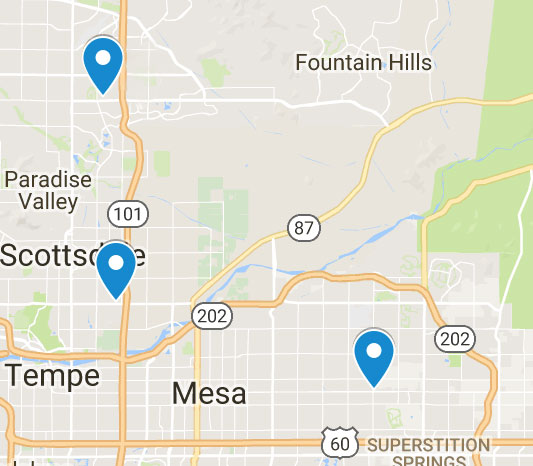 Lack of credible knowledge and fears are the number one reason why most people who need hearing aids don’t get them. According to the American Speech-Language-Hearing Association, fewer than 25 percent of people who could benefit from hearing aids get them, which means there are quite a few people who have an opportunity to improve their hearing. The National Institute on Deafness and Other Communication Disorders estimates that 17 percent of American adults, 36 million people, report some degree of hearing loss.
Lack of credible knowledge and fears are the number one reason why most people who need hearing aids don’t get them. According to the American Speech-Language-Hearing Association, fewer than 25 percent of people who could benefit from hearing aids get them, which means there are quite a few people who have an opportunity to improve their hearing. The National Institute on Deafness and Other Communication Disorders estimates that 17 percent of American adults, 36 million people, report some degree of hearing loss.
Myths Surrounding Hearing Aids
One of the biggest myths surrounding hearing aids is that they are big, bulky and ugly. Today’s hearing aids come in many sizes and styles, many of which are designed to be sleek and discreet. They range from the smallest in-the-ear (ITE) models that are tucked inside the ear canal to behind-the-ear (BTE) models which are versatile and easy to use. All of the major hearing aid manufacturers strive to make their products as small as possible.
Some people think that they only need one hearing aid and they will be just fine; even if they experience hearing loss in both ears. That just isn’t the case at all. It’s important to have your hearing checked by an audiologist, especially if you’ve noticed your hearing loss. By then, it is most likely already much worse than you realize. Most hearing losses are due to either natural aging or noise exposure over many years, and they almost always affect both ears. Your brain is wired to hear best with both ears sending it sound signals. Your hearing care professional will let you know if you need devices for both ears or not.
Another common myth out there, is that buying hearing aids online is a good idea. The fact of the matter is just the opposite. The shape of your ears, as well as the configuration and degree of your hearing loss, is completely unique to you. Just as you are unique, so should your hearing solution be as well. Only a hearing care professional can select the best hearing loss products to fit your individual need and your lifestyle. They will also make sure that they are properly fitted and working at optimum capacity.
Hearing Aids Aren’t Just for Old People
It’s also important to remember that hearing aids aren’t just for “old” people. Hearing loss can occur at any stage of life, and even some infants and young children wear hearing aids. We live in a noisy world, and that has caused Americans to begin losing their hearing at younger ages. Earbuds are the biggest threat to the hearing of young adults who spend a lot of time connected to their technology.
Your hearing is too important to ignore. If you suspect hearing loss, it’s time to find a hearing professional. Someone you can trust who can guide you through the process. Our audiologists can help find a solution that is unique to your needs and help to restore your hearing.

